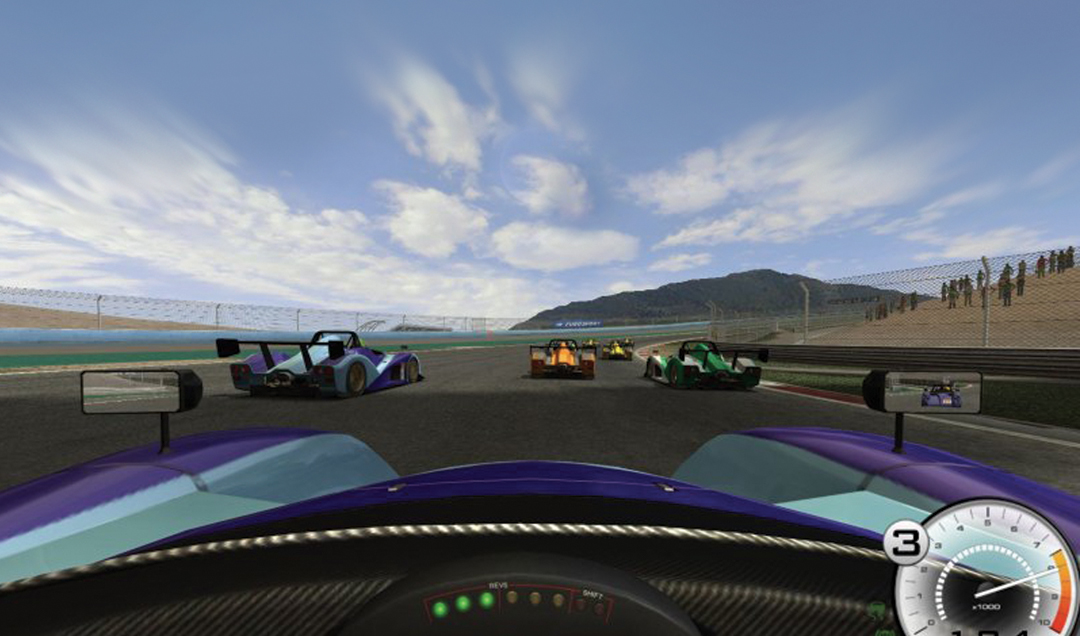The game machines in the arcades started it all—with a race seat and steering wheel in front of a big screen monitor, the average “Joe” could really get a taste for what it was like be in a real racecar! Then, the video games from Play Station and Nintendo brought us the taste of driving and racing at home using steering wheels and even pedals that stuck to the floor. PC software, with early efforts at racing programs, triggered the availability of crude seat frames that sat on the floor and had room for a TV or monitor and wheels and pedals to make the sensation seem even more real. Flash forward to today, and now these systems have become so advanced that current Formula One drivers like World Champion Lewis Hamilton use them for their own pre-race training. In the historic racing world, many drivers are now using these systems not only to improve their driving, but also to learn and experience a new track before they go there.
Simulators have evolved from being “toys” and “games” to real training and learning tools that can replicate driving a racecar to an incredibly acute level. This evolution to PC-operated from the video game-based versions has resulted in much more sophisticated quality in the cars, tracks, and overall operation of the systems. And, when the PC software is married to a racecar environment in the form of a proper race seat, steering wheel with shift, and pedal assembly that provides feedback and the whole tactile experience, the transformation is nearly complete. All of this is made even more realistic with the relatively recent addition of simulator movement which finally brings the “seat of the pants” sensation out of the sound and vibration world to the physical movement of your body so you can actually experience the sensation of the “g’s” exerted in the real car itself.
No Subscription? You’re missing out
Get immediate ad-free access to all our premium content.
Get Started



